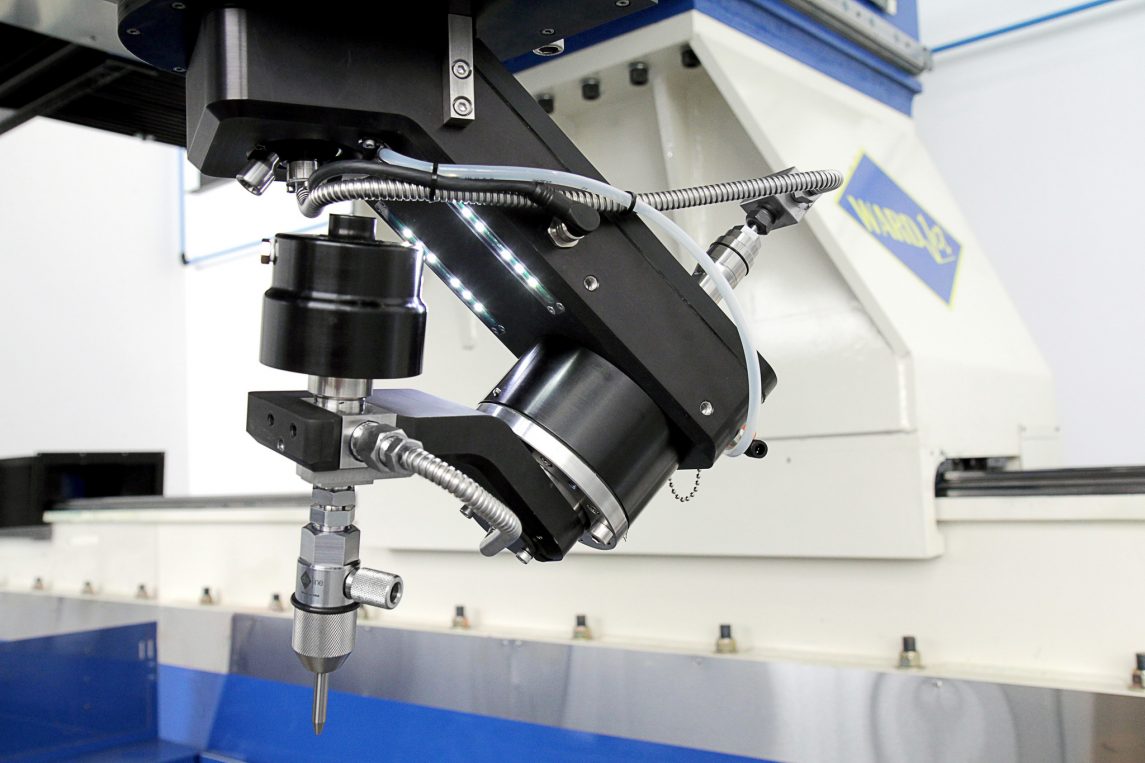- February 24, 2017
- No Comment
CNC’s: Waterjet, Laser or Plasma? Which gives you value for money?

Value is a tricky subject because it is, by nature, subjective. We can’t tell you which CNC machine will suit you best any more than your Aunt can successfully set you up on a blind date. What we can do, is compare all the features so you can pick out the ones that matter to you.
We’re going to tell you everything you need to know without telling you anything. It’s like a choose your own adventure in CNC machines: everyone who reads it will get their own personalised answer.
To make the process nice and easy, we’ve cut it into sections so you can scan for the features you’re most concerned about (if you’d like to take a moment before we start to learn more about how the CNC machines work, click here).
Initial outlay
If you’re on a budget, this section will be important to you. There’s a huge range of new and used CNC machines on the market and even companies who offer you the option of renting instead of buying outright.
Plasma machines start at just under $20,000. Bigger machines, with more features, can go up to around the $350,000 mark. That’s quite a range. But you’ll find the majority of CNC plasma machines sold in Australia sit somewhere between $20,000 and $90,000.
CNC waterjet machines will usually cost you more as they require an high pressure intensifier pump. There’s no set pricing as it all depends on the size and options you’re looking for. For an accurate figure, you’ll need to contact machinery dealers for quotes. You’ll likely be looking at a range of around $120,000 to $460,000.
The laser CNC machines are going to take the biggest bite out of your budget if you buy them new. But we do regularly see good quality, second hand ones listed on the Machines4U website. These can be as low as $70,000. New laser CNC machines can cost over $1,000,000, depending on the size and type you go for.
Winner: Plasma
Note: For personal use, there are some small, inexpensive CNC machines that can be used for laser cutting and engraving. These run anywhere from a couple of hundred to a couple of thousand dollars.
Ongoing Costs
Taking into account maintenance costs and each machine’s use of power, abrasives and other consumables, the plasma machines come out on top again. Laser machines come in a close second. But the waterjet, with its high pressure pump and abrasives, will be the most costly to run.
Winner: Plasma
Honourable mention: Laser
Speed of Production
It’s important to take productivity into account when considering value. A cheap machine might save you money up front but low productivity, over time, will start to eat away those savings.
Plasma dominates here, once again. It tends to be about three times faster than the laser machines. Waterjet CNC machines, by comparison, are phenomenally slow. They are geared more towards the precision and quality of the cut, rather than the speed of operation.
Winner: Plasma
Cut Quality

This is where we finally see plasma meet its match. Waterjet CNC machines offer pristine cut quality and beautiful square edges with no dross or pierce spatter. Laser comes in a close second. You’ll get a precision cut to match the quality of the waterjet. However, you will likely get some dross and pierce spatter on stainless steel.
Plasma cutting, by comparison, has a significantly lower cut quality. The image above shows a waterjet cut part on the left and plasma cut on the right. As you can see, plasma doesn’t come close to the perfect lines of the waterjet cut. You will have dross to contend with and, due to the larger kerf width, there will be significantly more pierce splatter.
Winner: Waterjet
Honourable mention: Laser
Cut Precision
Here, we’re talking about how well the CNC machine translates your programmed part into reality. Waterjet and laser are neck and neck when it comes to part accuracy. We’re giving poll position to waterjet though as it causes no heat-distortion.
Plasma offers significantly lower precision and also creates heat distortion. Cutting under water can help with this but is not always a viable option.
Winner: Waterjet
Honourable mention: Laser
Ability to cut different types of material
One again, waterjet comes out on top as the most flexible of the three CNC options. It is capable of cutting almost any material, from foam and ceramics to hardened steel. Laser machines still give you a lot of options. They’re generally used for metals but can be set up to cut fiberglass and certain types of plastic and fabric.
Plasma is the most limited by far with its restriction to conductive metals only. But, if all you’re looking to cut is aluminium, steel and stainless steel, then the plasma machine’s limitations won’t be an issue for you.
Winner: Waterjet






